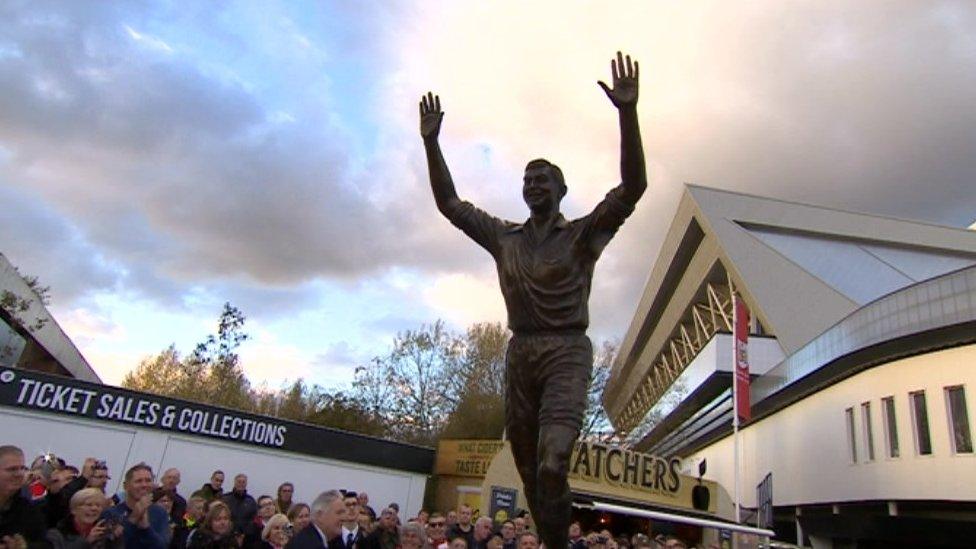Grade II status for Bristol docks' 'commanding' cranes
- Published
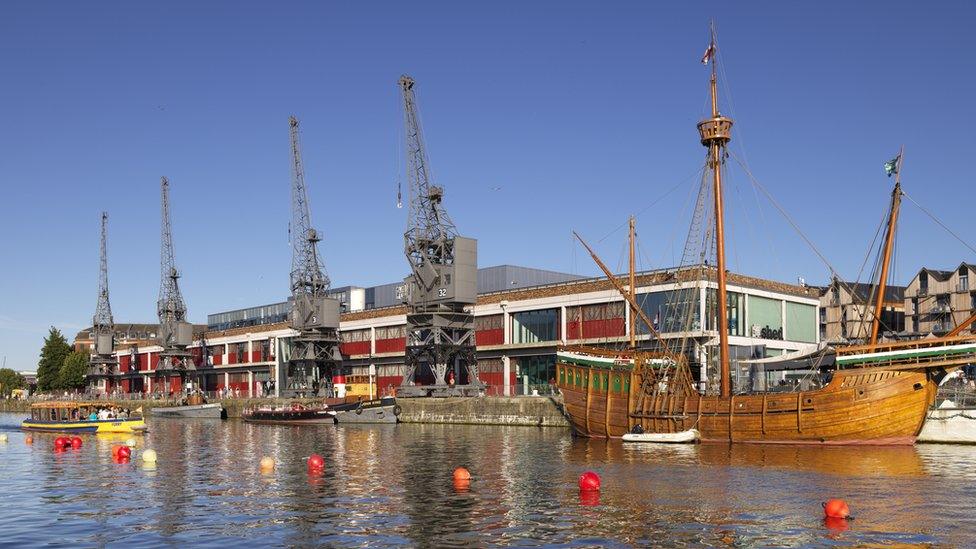
They have been given Grade II listed status in recognition of their contribution to Bristol's history
Four electric cranes have been given Grade II status in recognition of the role they and the docks played in Bristol's industrial history.
The cargo-handling cranes were erected in 1951 at Prince's Wharf and served the L and M sheds.
They were built by Stothert and Pitt Ltd of Bath and are the only examples of electric cranes in England known to be in working order.
Rebecca Barrett, from Historic England, said she was "delighted" with the news.
The charity's regional director for the south west added: "They are an important link to Bristol's maritime and industrial history and join other listed structures in the city docks in helping to tell that story.
"Their commanding presence attracts visitors to the harbourside and reminds people of how Bristol grew to be a major trading port."
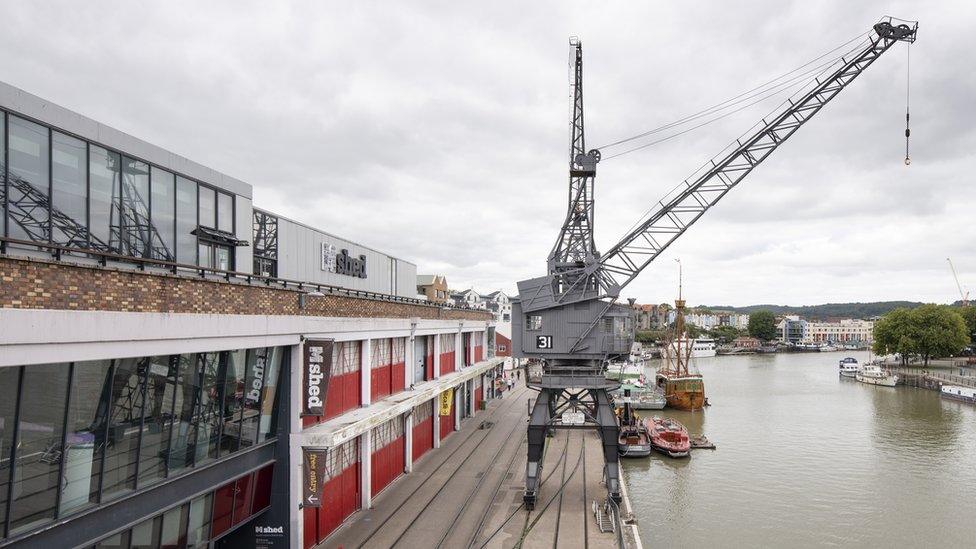
The cranes were introduced to the docks in 1951
The Department for Digital, Culture, Media and Sport listed the cranes and the rails they are mounted upon at Bristol's Floating Harbour on the advice of Historic England.
'Commanding presence'
Prince's Wharf was the final cargo wharf to remain in use before the docks closed in 1977, with the last trading ship from the Baltics off-loading timber there in November 1974.
For years beforehand, a twice-weekly service ran between it and Dublin, exporting English Fergusson tractors and importing everyday items such as bacon, cabbage, butter and tanks of Guinness.
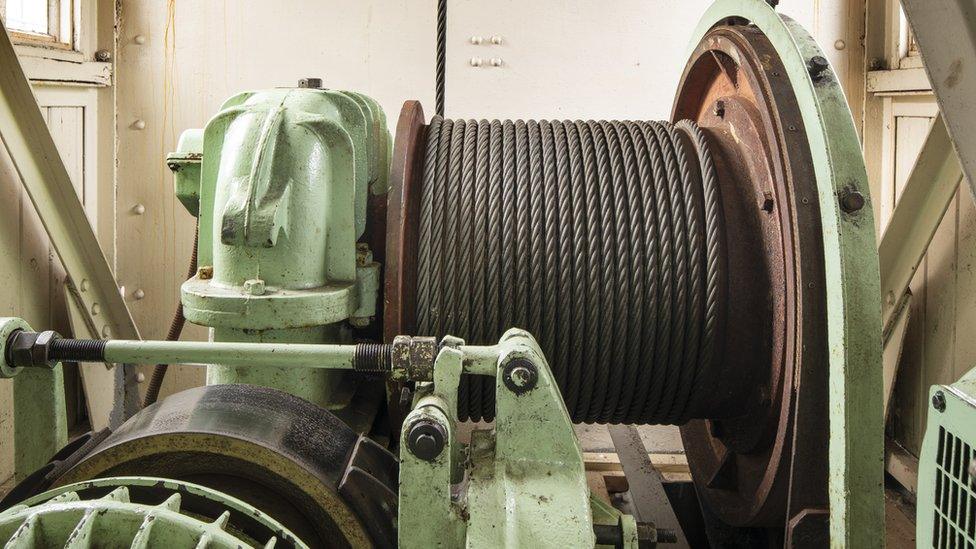
The strongest crane could lift items weighing up to 10 tonnes
The cranes were built when the wharf was modernised after being damaged during bombing in World War Two.
The L and M transit sheds, where the M Shed museum now sits, were initially built followed shortly by eight cranes - numbered 25 to 32.
'Wonderful news'
They could stand at a variety of different heights and enabled the swift loading and unloading of cargo ships, with the strongest crane able to lift items weighing up to 10 tonnes.
When the docks closed, the cranes were due to be scrapped before City Docks Ventures and Bristol City Council purchased two each.
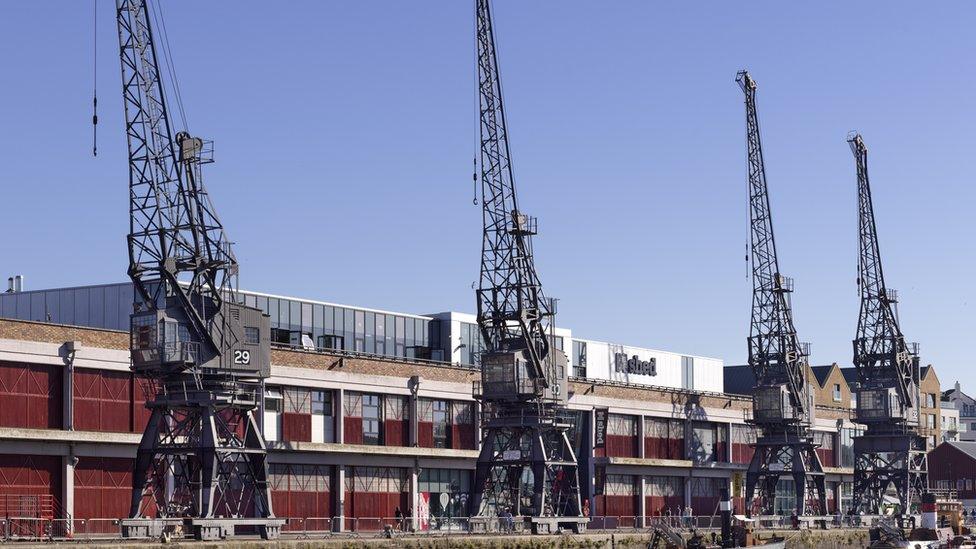
They were erected when the docks were modernised after being damaged in World War Two
They are now in the ownership of the council and form part of Bristol Museums' collection.
Bristol deputy mayor Craig Cheney said: "It's wonderful news that the cranes, which have formed part of Bristol's distinctive skyline since 1951, have been listed at Grade II."
Councillor Nicola Beech, cabinet member for Strategic Planning, Resilience and Floods, said: "The four metal giants are the largest objects in M Shed's collection and could perhaps rival the Clifton Suspension Bridge for the most photographed sight in the city."

Follow BBC West on Facebook, external, Twitter, external and Instagram, external. Send your story ideas to: bristol@bbc.co.uk
- Published30 August 2022
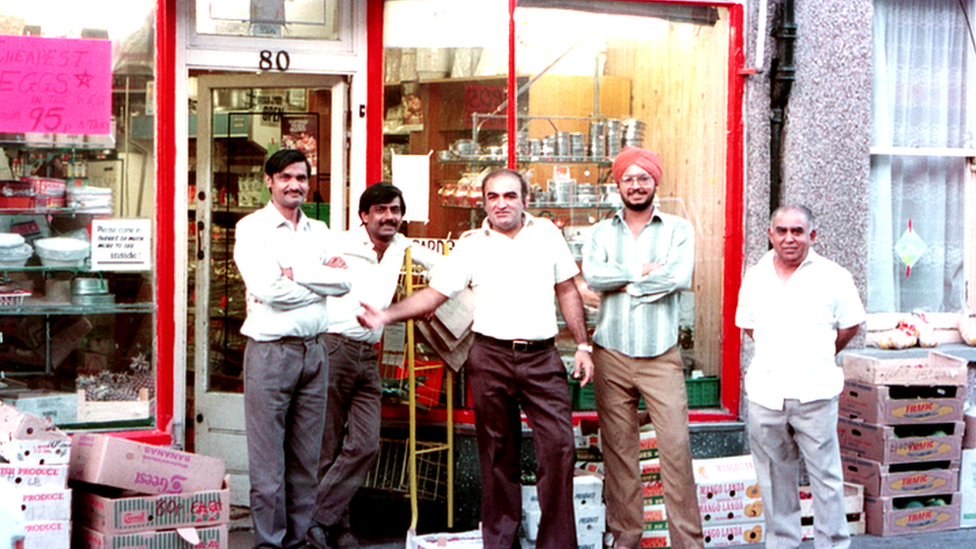
- Published26 April 2022

- Published5 November 2016
